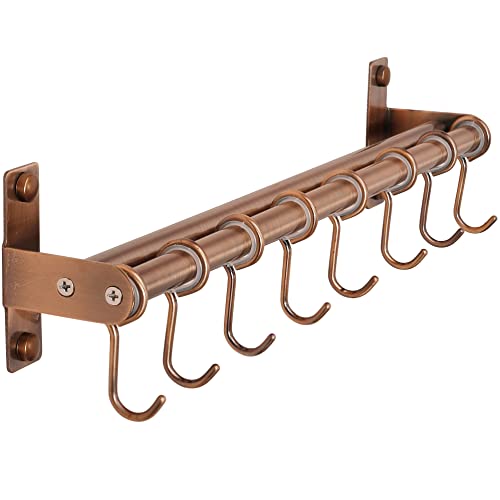How Many Upper Cabinets Should Your Kitchen Have? A Handy Rule of Thumb for Remodeling
Upper kitchen cabinets are not always a necessity, however, if you do choose to have them it's important to know how many is the right amount

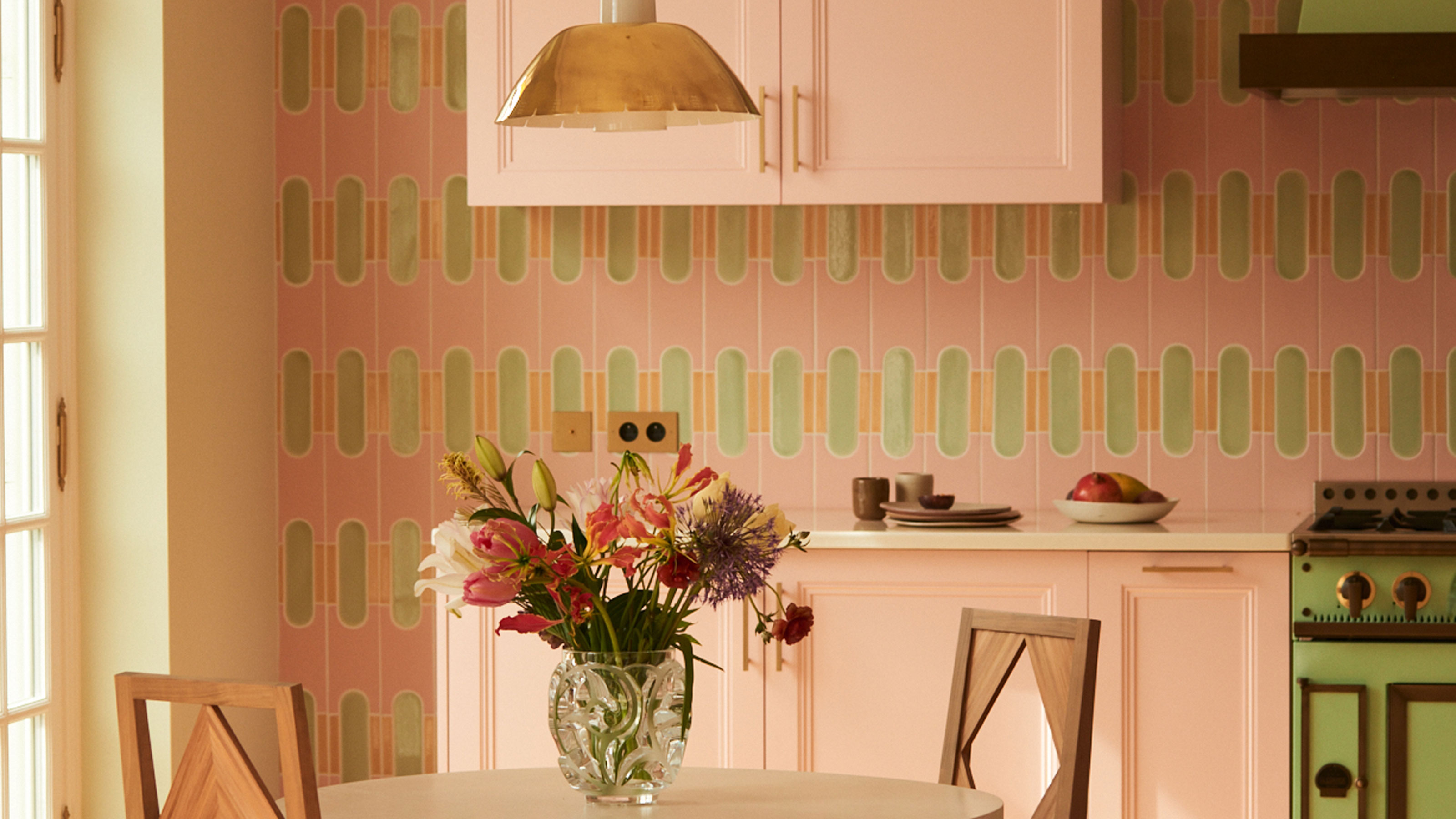
An important question while designing a kitchen is whether or not to have upper cabinets. With minimalist designs growing in popularity, many homeowners are now being attracted to open shelving or large pantries over more traditional upper cabinets.
While upper cabinets are a popular kitchen cabinet idea, they are not necessarily essential for every kitchen — yet for many people, they're still an indispensable form of storage they're not ready to give up.
So, if you do end up opting for upper cabinets, how many should you have? The answer of course depends on size, but our experts say around three to five is a good number that won't make your kitchen feel too top-heavy.
Here's what kitchen designers say you need to know about how to work this out.
How many upper cabinets are useful in a kitchen?

“The ideal number of upper cabinets depends on the kitchen’s size and the user’s lifestyle,” says Raili Clasen, founder and creative director at Raili CA Design. “Typically, in a medium-sized kitchen, three to five upper cabinets can provide ample storage without overwhelming the space.”
The goal is to strike a balance — enough kitchen storage to house essentials like glassware, dishes, and pantry items, but not so many that the room feels cramped or claustrophobic.
A practical approach is to start by inventorying what needs to be stored and then design the cabinetry to accommodate those needs. For example, a family kitchen with kids may require more upper storage for everyday items, while a minimalist couple might only need a couple of well-placed cabinets.
The Livingetc newsletters are your inside source for what’s shaping interiors now - and what’s next. Discover trend forecasts, smart style ideas, and curated shopping inspiration that brings design to life. Subscribe today and stay ahead of the curve.
Does a kitchen have to have upper cabinets?
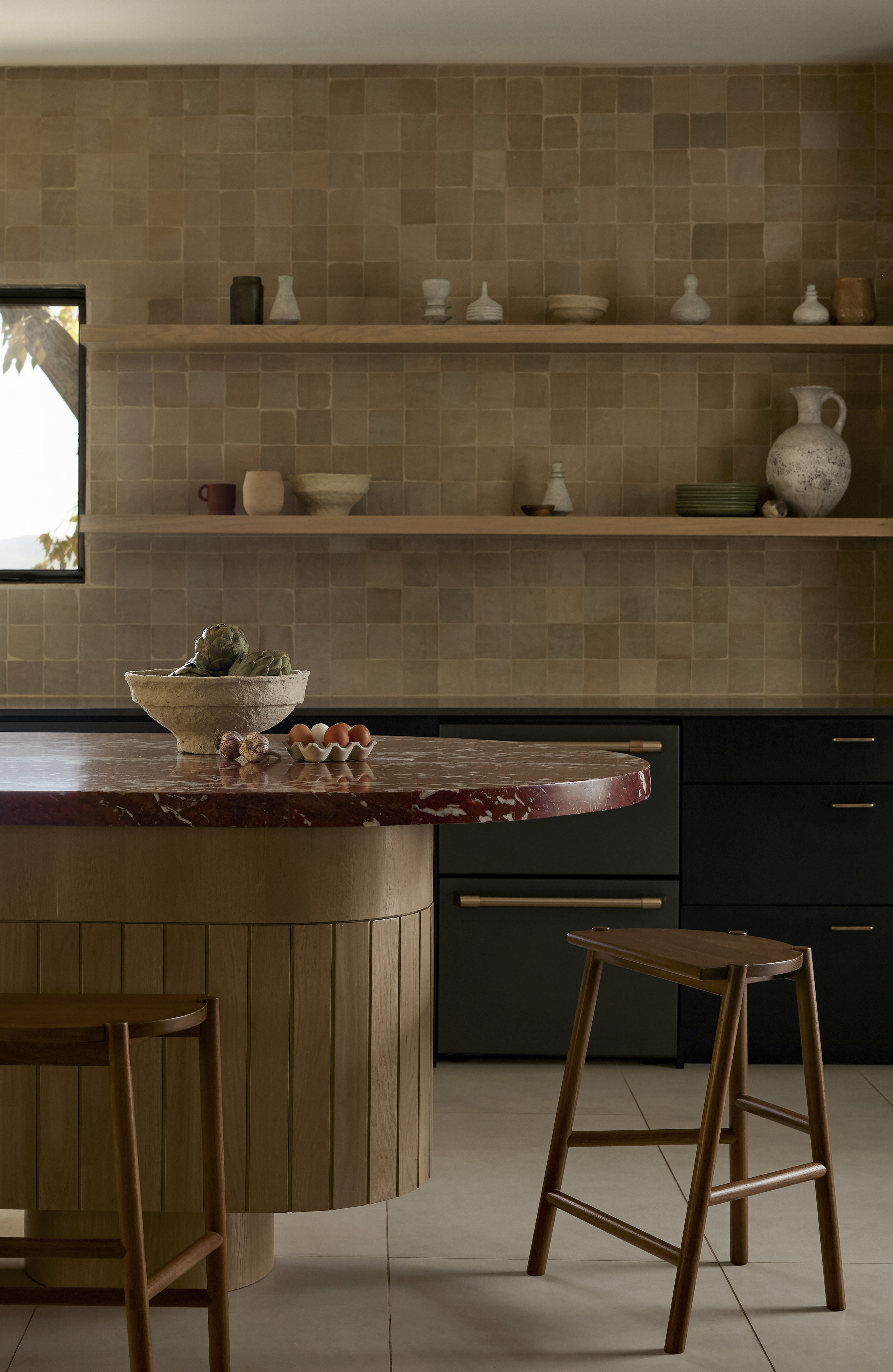
Whether you can have a kitchen without wall cabinets depends on who you're asking. "In my point of view, upper cabinets are an essential element in any kitchen,” says Jennifer Rogers, a kitchen and bath designer at BKC Kitchen and Bath. “They not only provide additional storage space, but also add visual interest and balance to the overall design of a kitchen.”
However, if you prefer a more open and airy feel, Jennifer suggests that you skip upper cabinets and opt for open shelving or even keep the walls bare for a minimalist look. This works particularly well if storage is not a priority, as upper cabinets are very useful for maximizing your space.
The choice to include or exclude upper cabinets often hinges on the kitchen’s layout, how much you need to stretch your kitchen storage, and your desired aesthetic. For instance, in open-concept kitchens or spaces where natural light is at a premium, forgoing upper cabinets in favor of open shelving or even entirely bare walls can create an airier and more modern feel. However this decision must be balanced with storage considerations and ensuring you're keeping good-looking items on display.

Price: $9.09
Colorful glass makes for an interesting accent in a kitchen, and looks more beautiful than your basic kitchen storage.

Price: $24.99
A dark and dramatic focal point that you can layer up on shelves with bowls and plates.
What are upper cabinets useful for storing?
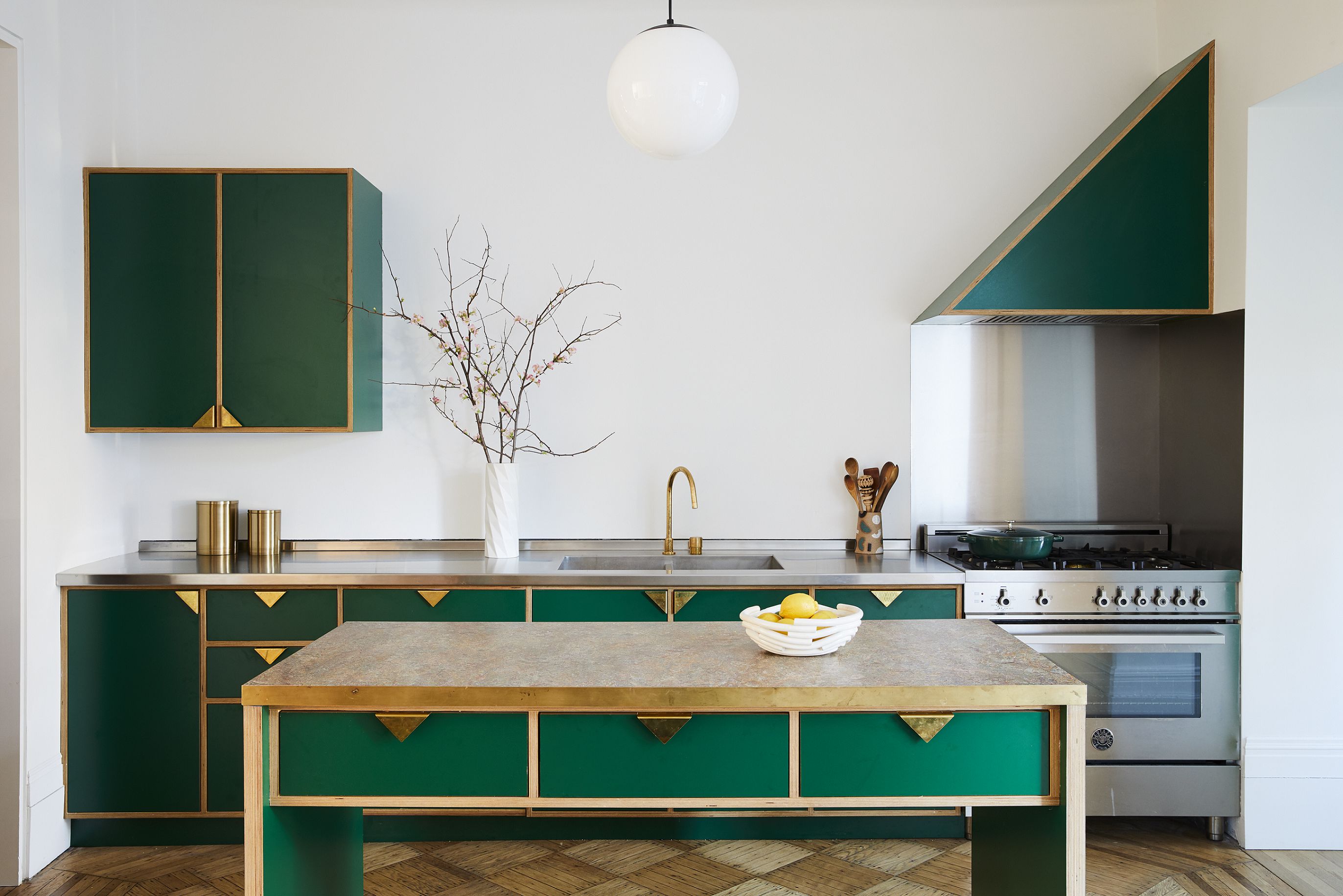
Upper cabinets form a functional part of the kitchen as they increase the storage space in the kitchen. They present a better option for storing utensils including plates, bowls, cups, and mugs for immediate and quick use during meal times.
Upper cabinets can also serve as a storage place for salt, pepper, sugar, or any other solid food which is essential in cooking and prevents them from being left on the island or work surfaces.
For people who host guests often, it is possible to keep upper cabinets for storing wine cups, cocktail cups, or any other kind of cupboard that would only add to the clutter if out all the time. The upper cabinets are also ideal for storing things that should not be reached by children like medication, cleaning products, sharp knives, and other tools. Upper cabinets are designed to increase the space used in the kitchen since they provide a place that is occupied by everyday things enabling the kitchen to be well organized.
Even if you're short and have uppers, it's easy to make high cabinets more accessible by adding clever storage like pull down units that attach inside, such as this design from Walmart.
Can you have too many upper cabinets?
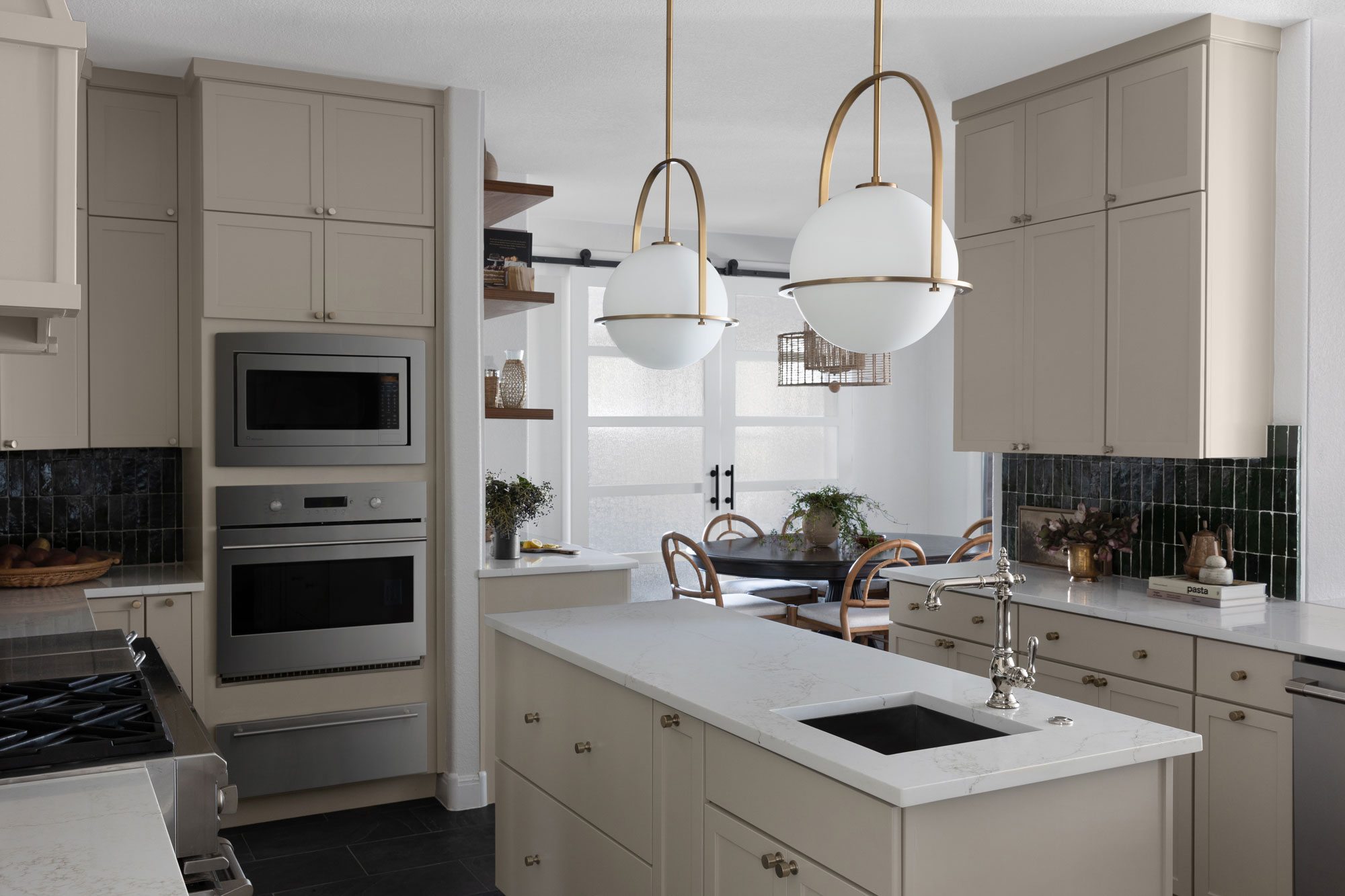
In short, yes, having too many upper cabinets is possible, which can lead to a cluttered and overwhelming kitchen environment. An excess of upper cabinets can close off the space, making it feel cramped and less inviting.
To avoid this, Helen Parker, director of New York and UK based kitchen brand deVOL, suggests you aim for a balanced design incorporating both upper and lower storage while considering open shelving or decorative elements that lighten the visual load. Thoughtful planning ensures your kitchen remains functional and aesthetically pleasing without feeling overcrowded.
FAQs
How many drawers should you have compared to upper cabinets?
In addition to upper cabinets, you should also be aware of how many drawers you should have in your kitchen. Experts suggest that a kitchen should include at least one stacked drawer cabinet for every double-door cabinet you have.
The number of upper cabinets to be used in the kitchen will mostly depend on the lifestyle of the user and the kitchen size.
Before you start with any kitchen renovation or even if you are constructing a new house, one important thing that you need to decide is how many cabinets and utility spaces you require as per your convenience for cooking in the kitchen. Instead of solely focusing on aesthetics, it is about making your kitchen useful and beautiful without overloading the space.

Seraphina is a contributing editor at Livingetc, writing Advice features on design, renovation and organisation. Seraphina is a qualified Interior Designer from KLC School of Design having worked at London-based interior design agencies Anouska Hempel and ND Studios. Seraphina has also completed her MA degree in Magazine Journalism at City, University of London, with previous experience including writing for Homes & Gardens, Women's Health, Food & Travel and Fabulous Magazine.
